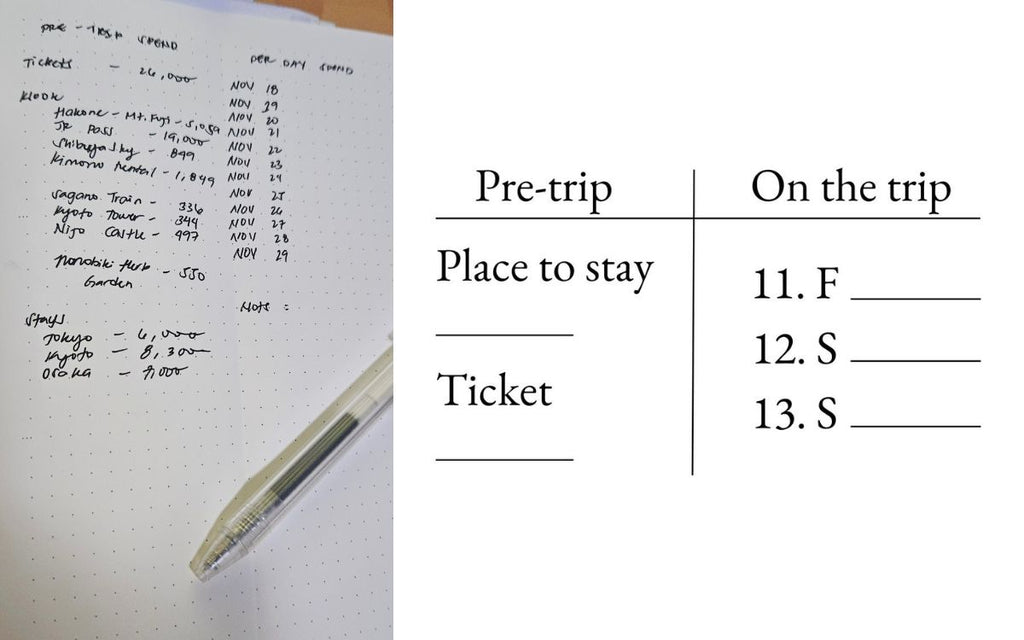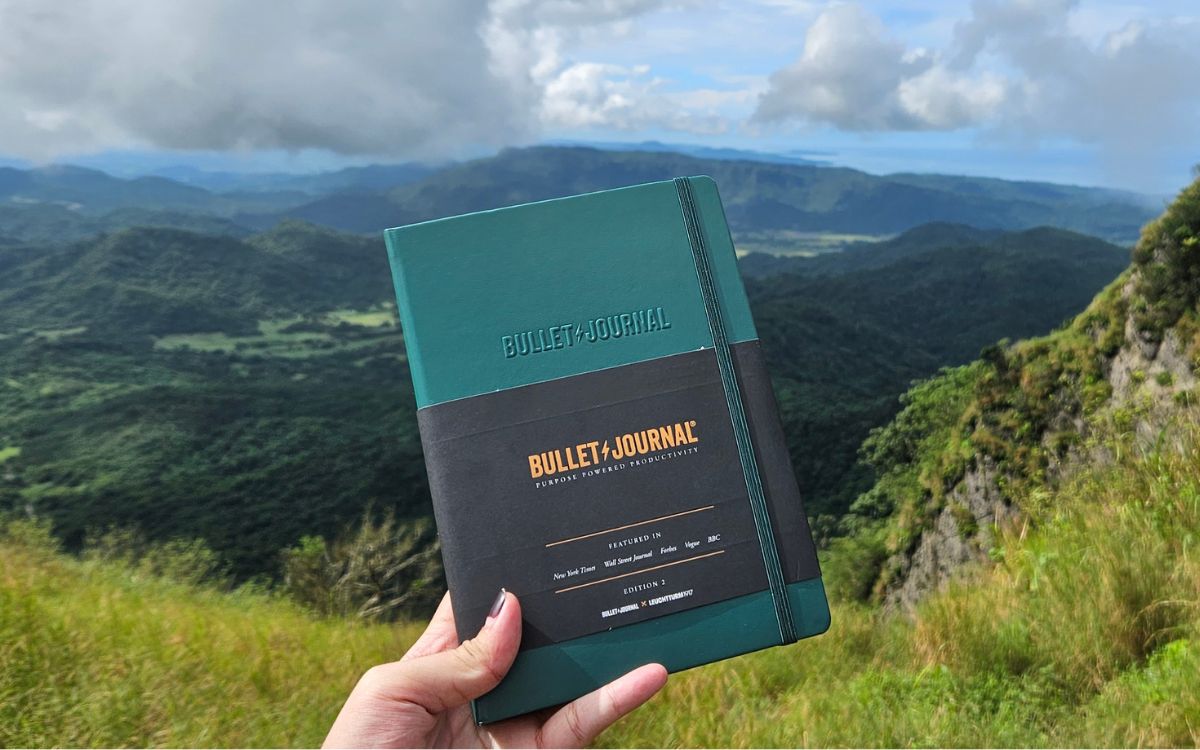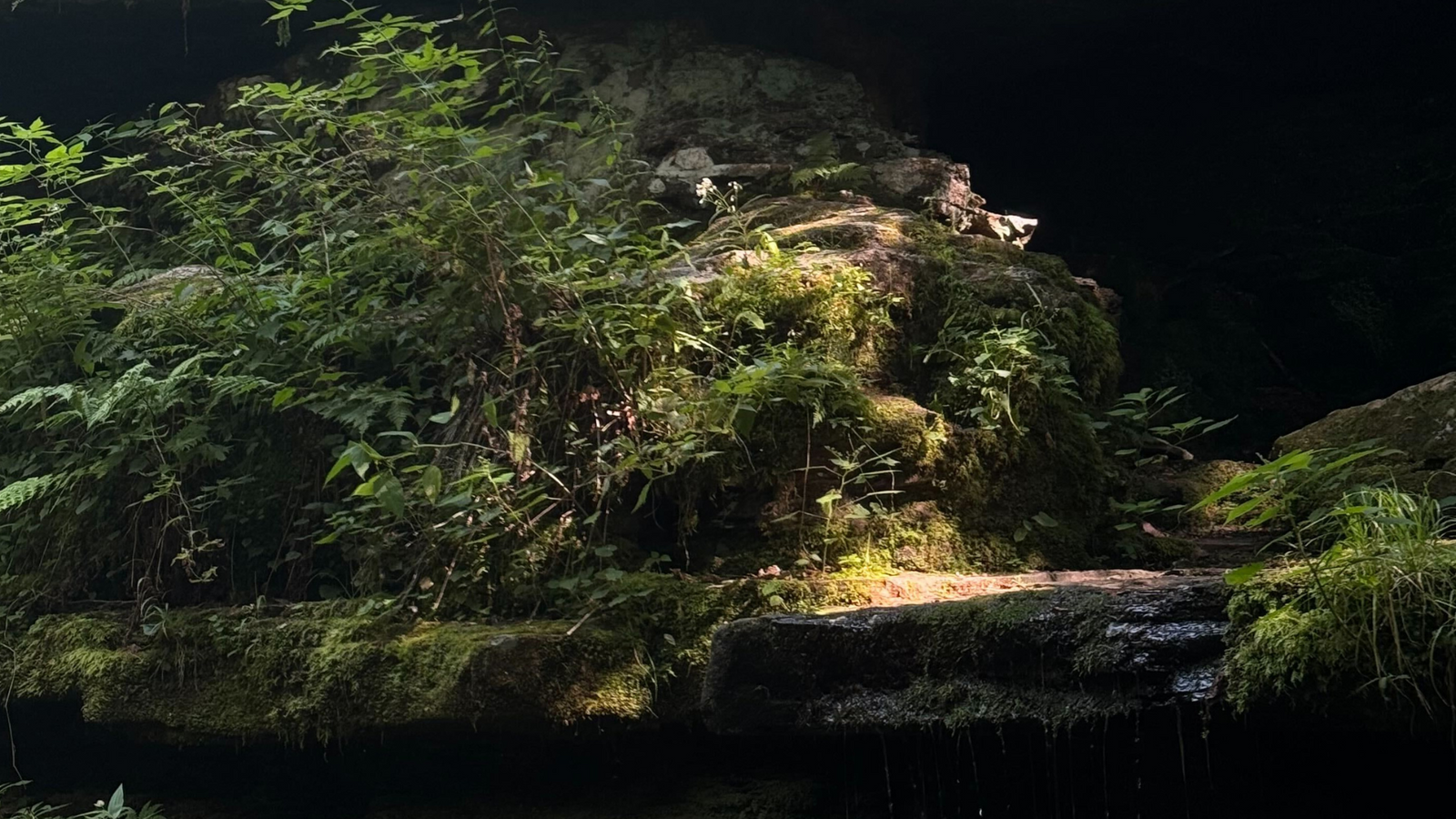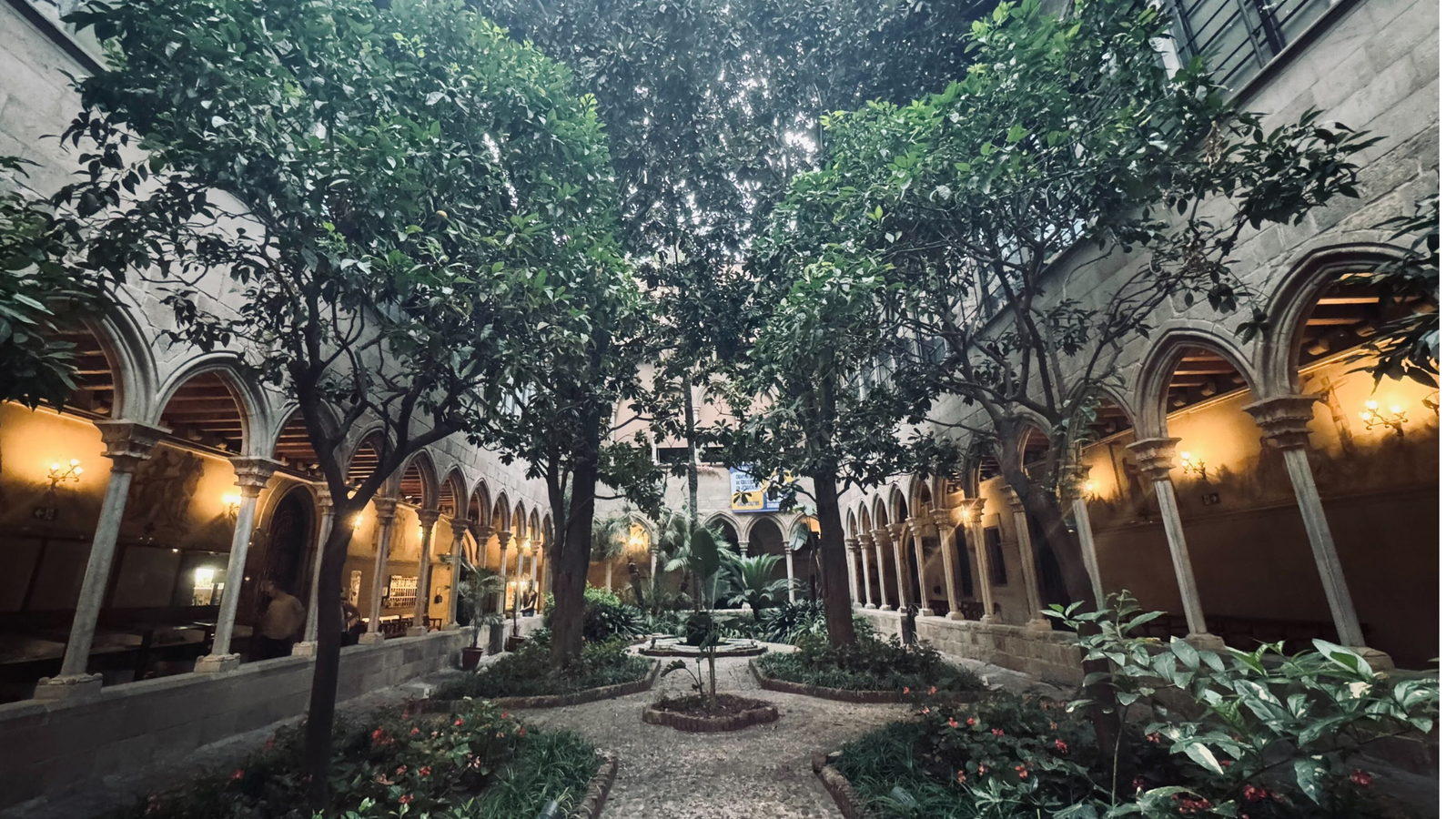I love adventures. One of the best things in life, to me, is to experience what was once unexperienced and to know what was once unknown. Traveling is fun, but it's also a way to see the world differently and, after that, a way to build on how I experience myself.
This deep attachment to adventure and new experiences is also why I can be very uptight with how my trips happen. Time not spent sinking my teeth into life is time wasted, so I like to optimize my trips around how much time it takes to get from one destination to another, how much value I get out of my money, and how unique-to-location an experience is.
After multiple trips that didn’t go the way I hoped they would, I’ve finally figured out an approach to traveling with my Bullet Journal that works for me.
If you've always struggled with planning your trips, remembering what you need to bring, anticipating travel disasters, and staying within a budget; here are some travel Bullet Journal ideas that could help you.
We all have a different idea of fun, and what's fun to me may not be fun for you, but I hope you find something useful here.
Let’s get started.
Planning a Bullet Journal Travel Itinerary
When I write about my trips in my Bullet Journal, I do it in three phases. The first stage is figuring out my itinerary.
No matter what you do, an adventure won't go 100% exactly the way you want it to. Sometimes the weather is so bad it makes island hopping unsafe or your tour date does not coincide with cherry blossom season. Surprises like these are why I pick a core set of activities. It lets me be flexible while being clear on what I want to experience and why I chose that experience.
Core activities have to fit these criteria:
- They have to be unique to the country so that I can really experience a place.
- They have to be season and time-neutral so your trip isn't ruined by something uncontrollable. (Unless the trip involves a hike, in which case, let's run in the rain!)
- They need to be few enough that I can pencil one in for each day of my trip, just in case I get too tired, sick, or need to work.
This usually leaves me with 3-5 must-tries. If I manage to do all or most of them, I'll be happy with my trip.
I used to do elaborately designed spreads for this, but I've found that it takes away from the actual planning. These days, I stick to
Travel time
Now that I know what I want to do, I figure out where the places I want to visit and the things I want to try are located. It can be disappointing to find out that the restaurant that you really want to go to is in another city or, worse, in a completely different region of the country. But that’s better than feeling silly because I found out the same day I planned to go there.
Because I started with my core activities in mind, I can pick a region where most of these activities are available and go there.
Next, I plot out which ones are closest to each other. My accommodations are booked closest to where most of the activities are. Since I'll be on Google Maps figuring out how to get from Activity A to Activity B, I'll use that time as an opportunity to look at other places nearby that I might want to visit.
This is how I found Luk Lak, a traditional Vietnamese restaurant that's a 5-minute walk from the Hanoi Opera House. Tip: If you find yourself there, try the pigeon with sticky rice.
Speaking of Google Maps, it has a feature that lets you chain locations from Point A > Point B > Point C and you can save it to your phone.
I do this for everywhere else I go to since it keeps me from getting too tired and hungry during a trip. This part of planning might not be your preferred way to travel, but if you’re the kind of person who wants to cram as many things into one day as possible, you might find it useful. I’ve found I can fit as many as eight to 10 tourist destinations into one day and still have time for a slow, peaceful dinner by 7PM.
Tickets and Documents
When I finish my rough sketch of a trip, I book my tickets and get my paperwork in order. Depending on what passport you have, some places will require a visa. If I need a visa, I make a quick list of the requirements and write them down in order of what takes the most time to process.
Bullet Journaling While You Travel
There are two things I find really hard to keep track of when I'm traveling: money and memories.
In my Bullet Journal, I start my entries for my trip with a page containing my address/room number, my phone number, and the conversion rate. It’s easier to do this on a phone, but my logic is that no one will rob you for a notebook.
Tracking Money While Traveling

On the next page, I write down what I know I've already spent. This includes tickets, prices for pre-paid entrance fees, tour packages I booked. On the following page, I make two columns and write down the dates of my stay on one side. My daily spend for each day will later be written on the other side.
In the pages that follow, I set up a short finance log. It's really just boxes with space to write down what was spent on and what was spent. At the end of my day, when I'm back to my room, I jot down the day's expenses in the main finance tracking page.
I do this because conversions and new currency makes it hard to remember how much is actually being spent, especially if a bottle of water is worth 20,000 of the currency of the country I’m in.
Tracking Memories
After that, I write down the day's memories. I keep it short and to the point by Rapid Logging. I find that I don’t really have more to say than what I already say in a short list of events. I might want to know where I went in the future, but Future Lia will find it boring if I talk about the fine minutiae of how to eat bun cha.
In a recent trip to Bangkok, a day looked like this
- Visited Wat Arun
- Wat Pho
- Lunch at Cafe outside Wat Pho (great mango sticky rice)
- Dinner cruise at Chao Praya River
I’m not immune to feeling sappy about my trips, though.
Next, I write down impressions. Memories are the "objective" events of a trip, impressions are what these events made me feel or how certain details of my day stuck with me. A memory can be recorded with a photograph, impressions are something more -- they're the feel and taste of a moment that's only beautiful for a few fleeting seconds until its gone.
I jot impressions down in my phone throughout the day. After writing memories at the end of the day, I transfer them to my bullet journal.
Some impressions from Bujos I’ve brought on my trips:
- When the sun sets on the Chao Praya, it turns this soft pink to purple shade that reminds me of flowers (wisteria? pansies?) then it becomes a deeper purple, the shadow of lightning.
- Hanoi is a city built on a city built on a city, every block reveals a new city (see: Imperial Citadel photos). When I run my next D&D campaign in a city, this is exactly what I want my players to feel. Cramped, sprawling, old, new. The heartbeat of the world.
- Had the most terrible commute in Manila but — here is a tall bold slugger set vivid against the little soft cities (Chicago, Sandburg)
Post-Trip Bullet Journaling
After my trip (and about a full day of sleeping), I make sure all my finance logs are up to date. I also go over my memories to make sure I didn’t miss anything. I try to do this within 48 hours of coming home because memories degrade and as any good Bullet Journalist knows, that's why we write them down!
Next comes the fun part: The post-trip evaluation.
I ask myself:
- What did I not like?
- What do I want to do more of?
- What did I learn on this trip?
- What do I want to do when I return?
I write down what I didn't like about a trip and think of why. I do this because I want to avoid a similar experience in another country. For example, in Bangkok, I found that I don't like cities that are too similar to my own! That was a shock because I love mine. I enjoyed Bangkok a lot, but because of this, I've decided Jakarta and Ho Chi Minh aren't for me.
Your preferences will be different and your response to what you learn will be too. You might decide to simply not go back to a place or go again to see what you’re not appreciating.
The next thing I think of is what I want to do more of. I try to think of what I especially liked about my trip. In Hanoi, I found that I really like museums and historic sites so I planned a trip to Europe. In Tokyo, I found I like long, languid walks through a city so I went to Hanoi. Everything in and around Hoan Kiem Lake looked walkable and while I was there, I found it to be true.
Up next is what I learned about traveling on a trip. Bangkok taught me I actually can't spend an entire week sleeping only 4 hours a night (shocker, I know). Tokyo taught me I need to bring real walking shoes instead of cute flats unless I want to be uncomfortable three hours into my day. Many of my smaller domestic trips taught me the value of patience and managing expectations, lessons that led me to making all these systems for my trips.

Long hikes taught me to always bring an umbrella, a raincoat, and a little snack. There are lessons we learn the hard way (read: sinking ankle-deep in a muddy trail while starving).
Lastly, there are things to visit when I return. It's common for me to discover things about a region I didn't know when I flew in. I make notes on what looks interesting to me so I can visit those places when I return or try similar places in my next destination.
And that's it. That's how I get the most out of my time while traveling.
I hope this helps you travel intentionally!
About the Author

Allia Luzong does content. SEO or otherwise. Whether she's working as a content manager for Bullet Journal, running editorial teams, DMing campaigns for friends to enjoy, or forming groups around the Enneagram, she views all of these activities as opportunities to cultivate experiences that foster a connection between her and the person she's creating an experience for.






Derek
May 17, 2024
@Vicki – there’s a new Pocket Bullet Journal available, which could just the right thing for your travels.